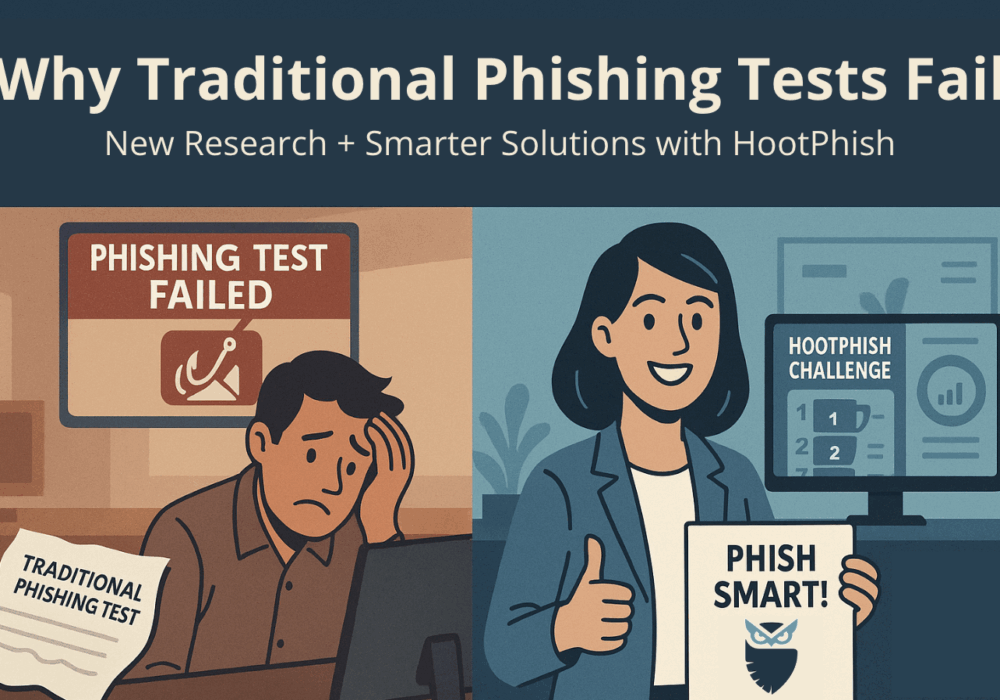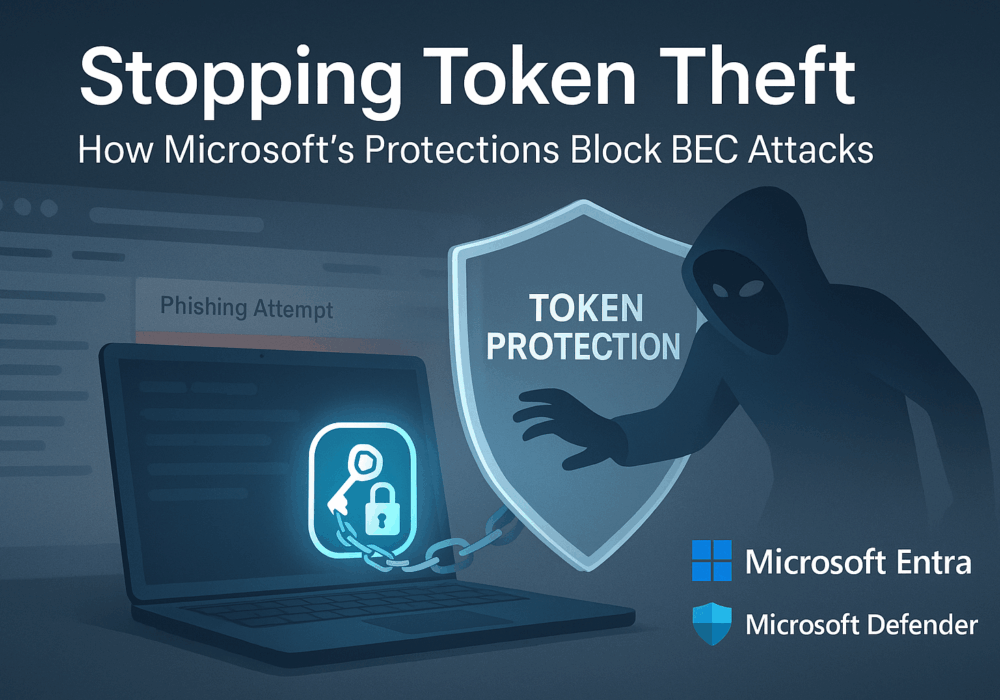Software as a Service (SaaS) applications have transformed businesses over the last decade with enormous value. The pandemic forced many businesses to migrate employees from office or desktop-based applications to SaaS cloud-based ones. These SaaS apps include anything from office software to powerful communications tools. Some of the most popular business apps available include Salesforce, Google Workspace, Slack, HubSpot, Microsoft O365, and Zoom.
Most people don’t think twice when connecting an app they need with their Google Workspace, O365 environment, or similar services. Simple actions that users take, like creating an email, or updating a contact in a CRM, can result in several other automatic actions and notifications in each of these connected platforms.
OAuth and Single Sign-On technologies have simplified authentication and offers a controlled delegation of access rights. Represented in the form of scopes, an application asks for the user’s authorization for specific permissions. An app can request one or more scopes. Through the approval of the scopes, the user grants these apps permissions to execute code to perform logic behind the scenes within their environment. These apps can be harmless or as threatening as an executable file.
As seen in the image below, the OAuth mechanism makes it easy to interconnect applications and many don’t consider what the possible ramifications could be. When these apps and other add-ons for SaaS platforms ask for permissions, they are usually granted without a second thought, presenting more opportunities for hackers to gain access to a company’s data. This puts companies at risk for supply chain attacks, API takeovers, and unintentionally installed malicious third-party apps onto company devices.

When it comes to local machines and executable files, organizations already have controls built in that enable security teams to block malicious programs and files. This needs to be the same when it comes to SaaS applications.
Security Awareness Training – The first step in cybersecurity always comes back to raising employee awareness. Once the employees become more aware of the risks and dangers that these OAuth mechanisms present, they will be more hesitant to use them.
Enable Multi-Factor Authentication – The single best thing you can do to improve your organization’s cloud security is to turn on and enforce multi-factor authentication (MFA) for all possible accounts. This practice is especially true for your primary email and collaboration platforms because it reduces the harm an attacker can cause with stolen credentials.
Policies – Organizations should create a policy that enforces employees to submit requests for third-party apps. This can be implemented in your organization’s Acceptable Use Policy (AUP).
Employ SaaS Security Monitoring – SaaS security monitoring is a crucial layer of security for your SaaS stack. It enables you to manage employee access to your required SaaS apps by department, consolidate licenses, and give you unprecedented visibility into your SaaS stack. Blissfully is one excellent example of a platform that can do all three and more; it’s a key SaaS security element when putting your IT stack together.
Manage SaaS Access & Passwords – Some SaaS applications cannot tie into SSO solutions as mentioned previously. For these situations, CyberHoot recommends using a Password Manager. Reputable Password Managers such as LastPass, 1Password, DashLane, or Bitwarden allow users to generate strong, unique 14+ character passwords, store credentials for websites and store encrypted Secure Notes. These tools are also valuable as they allow users to securely share credentials or notes with trusted employees or clients.
Practical advice and common sense apply here. Make sure your users know not to blindly accept all the access permissions requested by a SaaS application no differently than denying a phone app access to your contact list or denying access to your location data by default. If it doesn’t need the access to function fundamentally, your default position should always be to deny access.
The following recommendations will help you and your business stay secure with the various threats you may face on a day-to-day basis. All of the suggestions listed below can be gained by hiring CyberHoot’s vCISO Program development services.
Each of these recommendations, except cyber-insurance, is built into CyberHoot’s product and virtual Chief Information Security Officer services. With CyberHoot you can govern, train, assess, and test your employees. Visit CyberHoot.com and sign up for our services today. At the very least continue to learn by enrolling in our monthly Cybersecurity newsletters to stay on top of current cybersecurity updates.
Sources:
Software as a Service (SaaS) Risks and Challenges
Additional Resources:
Discover and share the latest cybersecurity trends, tips and best practices – alongside new threats to watch out for.

For years, organizations have relied on fake email phishing simulations to measure employee resilience to...
Read more
Welcome to our two-part blog series on Microsoft’s new email security enhancement now included in Office 365 P1...
Read more
"Being an MSP today is like wearing a neon sign that says, ‘Hack me! I’m the gateway to 100...
Read moreGet sharper eyes on human risks, with the positive approach that beats traditional phish testing.
